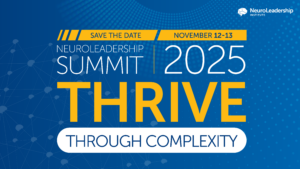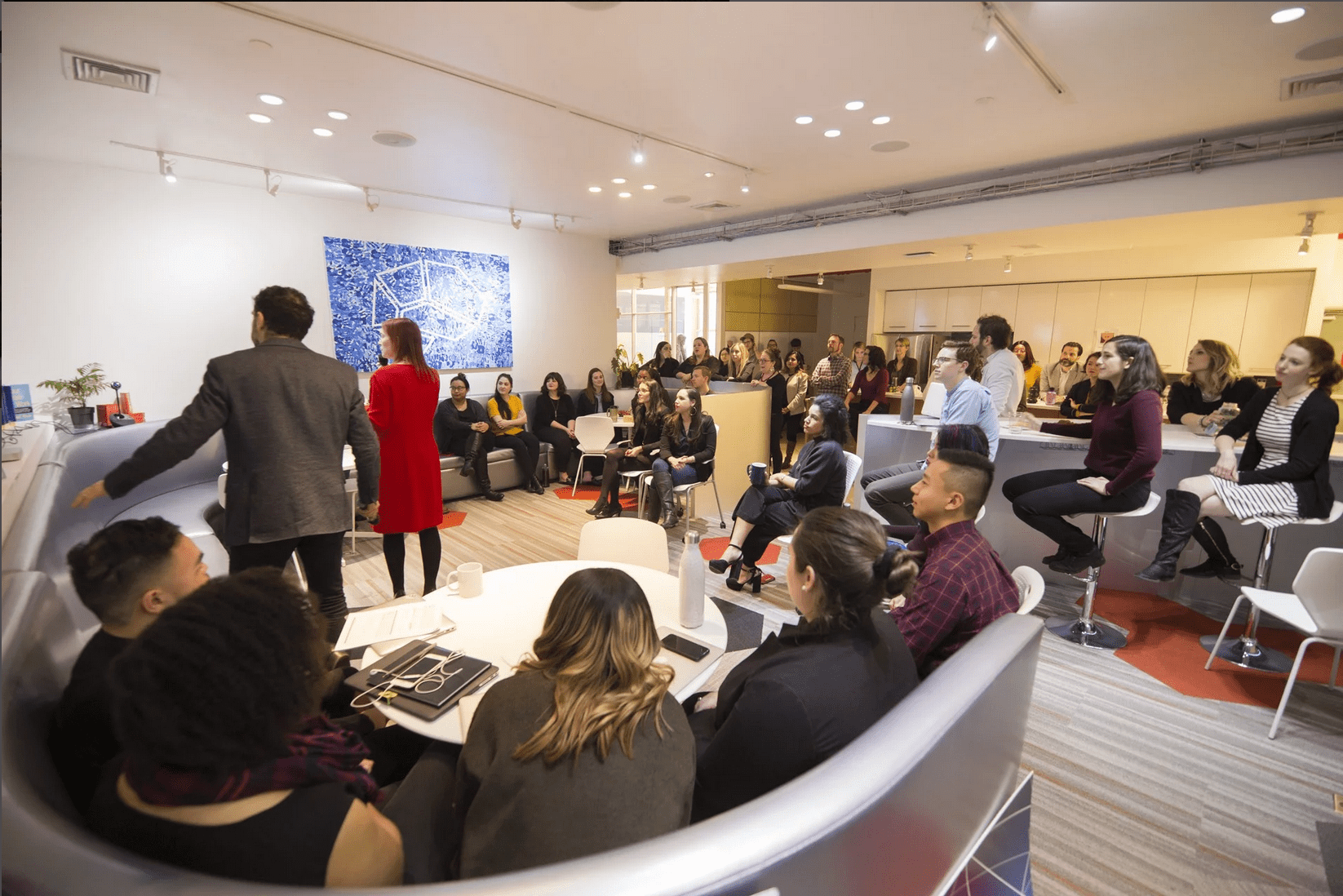Brandon, a white American from a wealthy family, and Anwar, a Yemeni-American, are the same age, went to the same high school, and have worked at the same company for the same amount of time. And although Anwar works just as hard as Brandon, he hasn’t advanced at the same pace as Brandon, who has risen through the ranks to CEO.
Conventional wisdom suggests these kinds of differences are the result of discrimination, unconscious bias, and systemic racism. And there’s no question these factors contribute to racial inequity in the workplace. At the same time, the lack of equitable representation in the workplace is the result of unequal access to benefits like wealth, educational opportunities, and social networks.
But there’s another, less discussed form of advantage that can also have a profound impact on success at work: generational knowledge.
Unpacking generational knowledge
Generational knowledge is the knowledge children acquire from their parents through explicit explanations, and by observing and modeling their behavior.
Brandon grew up wealthy, and spent his life seeing his father befriend powerful people, play golf with clients, and take senior execs out to lunch. When Brandon graduated, he had an intuitive sense for how to get ahead: figure out where the power is. Do favors for people who can help you. Don’t be shy about asking for help. By applying these principles, he quickly rose through the ranks.
Anwar’s parents immigrated from Yemen. Wanting to give him the best chance of success, they made sure he focused on his studies and rarely allowed him to go out or have friends over. At work, Anwar kept his head down. Never wanting to be seen wasting the company’s time, he rarely socialized with his co-workers. When others went out for happy hour, he worked late. But as others got promoted around him, Anwar was passed over.
A lot of what you need to know to advance at work — grow your network, get promoted, schmooze with bosses — is the kind of knowledge that can be hard to put into words and is rarely taught in schools. We learn it by seeing it modeled by parents, peers, and colleagues.
Another word for this kind of implicit knowledge is “cultural capital,” a sociology term that explains how upper classes acquire and maintain their power from one generation to the next. Cultural capital is what allows some upper-class children to perform better at school and work, and the system perpetuates social stratification by favoring those who are already in an advantaged position.
The power of norms
Studies show that one of the most powerful determinants of behavior is social norms — the rules that guide social behavior within a group. Learning by observing and imitating norms is so central to the way we operate that it involves a specific type of neuron called the mirror neuron. Since learning by observation inherently involves social interaction, it also engages the brain’s social memory networks — regions dedicated specifically to social information — resulting in greater retention and accessibility.
The power of social learning is why it’s so important, in any behavior change initiative, for leaders to model desired habits for others. Unfortunately, the strategies that lead to advancement in the workplace aren’t always obvious, making them difficult to model. Think about finding a job, for example. An obvious approach — applying online — is not the most effective, since 80 % of job openings are never listed publicly. People with generational knowledge know that a superior approach is to cultivate personal relationships and seek out referrals.
But if these skills are passed down from generation to generation, that means people who grow up with less generational knowledge are at a disadvantage. Anwar’s parents did the best they could, but the norms that served them well at home — keep your head down, know your place, don’t mix business and pleasure, don’t stray above your station — aren’t well-suited to succeeding in a direct, transactional, socially-mobile culture like corporate America. The result is that inequity is perpetuated.
Closing the generational knowledge gap
Our research has found that change initiatives succeed when they engage employees across three different components: priorities, habits, and systems (PHS). When it comes to diversity, equity and inclusion, a successful change initiative might begin with letting employees know why building an inclusive culture is important (priorities) and working to adopt behaviors that make all employees feel included (habits). And making those habits stick requires adapting the environment to support new behaviors (systems).
Closing the generational knowledge gap falls at the systemic level, which means . organizations need to build systems to help employees learn the skills they may have missed growing up. Here are three starting points.
1. Mentoring. If some employees show up to the job already knowing how to succeed and advance but others don’t, an obvious solution is to find ways to supply them with the missing information. Since so much of this knowledge consists of unspoken social norms and squishy interpersonal strategies, the best way employees can acquire these skills is to learn directly from other people through mentorship.
Organizations can pair younger, less experienced employees with older, more successful mentors who can give them advice about how to develop and grow. Even more important than advice, mentors can model the behaviors of success — giving younger employees the opportunity to observe strategies they might have missed growing up.
2. Sponsorship. Another way organizations can help is by not leaving advocacy up to chance. Brandon exerted his generational knowledge to seek out and befriend powerful people, resulting in the previous CEO advocating for his succession when the time came.
Organizations can help level the playing field of advocacy by pairing younger employees with sponsors — senior leaders who actively push for them to be considered for projects and positions and advocate for their advancement through the organization. Sponsorship is a way to make official the kinds of relationships Brandon cultivated intentionally — in a way that ensures equal access to this form of support. To be clear, this is very different from mentorship, which provides advice and guidance. Sponsorship is about advocating on someone’s behalf.
3. Internal Coaching. If mentoring employees on generational knowledge means telling them what they need to know to get ahead, coaching means supporting employees in making those discoveries for themselves. In a coaching conversation, a manager asks thought-provoking questions that lead an employee to insight — an aha moment when they suddenly have a realization or make a new connection. By supporting employees in coming up with their own solutions instead of telling them what to do, internal coaches help employees tap into their own motivation and energy that makes success more likely.
Toward a more equitable workplace
As the world returns to work, there’s never been a better time to address the institutional problems of discrimination, bias, and advantage in the workplace. But too many conversations around these topics ignore the impact of generational knowledge.
There will always be inequality of opportunity and advantage in the world. For organizations truly committed to DE&I, it’s not enough to root out racisim, prevent discrimination, and mitigate bias. By taking active steps to close the generational knowledge gap, organizations can do their part to make the workplace more equitable.





